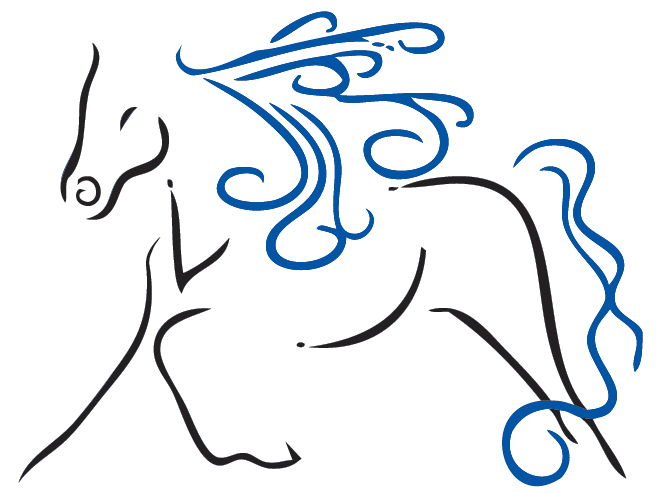Working WITH your horse, not ON him
Working with horses has been quite the educational journey. I remember clearly my search for the training program I wanted. I got DVDs from certain schools, looked at their promotional materials, checked out websites, read testimonials. I have to say, I went a little nuts because I wanted to make sure the program was a fit not only from the point of WHAT they were teaching but also how they viewed the horse and how the material was being taught in person. Being a life-long learner, finding a connection with my instructor was absolutely vital for me. Yes, learning anatomy is important. Yes, having a solid understanding of the actual techniques can’t be stressed enough. After all, I didn’t want to be just a weekend warrior but become a professional.
I wanted to learn from someone who saw the horse as more than a collection of body parts. And while a lot of massage schools do honor the horse as an individual, I felt something critical was missing. The horse’s voice.
So I kept looking and finally found Jim Masterson and the Masterson Method of Integrated Equine Performance Bodywork.
What intrigued me most was how he incorporated reading the horse’s subtle responses as a way to discover where the horse held tension and restriction in his body. And by following those responses, it would allow me as a practitioner to use the right level of touch, inform me on how long to hold it, or even which modality to choose.
By actively involving the horse in the process, we can achieve a level of relaxation and cooperation that allows the release of tension and restriction deep within the body’s structure and also the nervous system. We work with the entire being - body, mind and emotion. In essence, we stay underneath the horse’s “radar” which could trigger the fight/flight/freeze response.
A horse can brace in many different ways. Some are so subtle, we sometimes fail to recognize them. A good example would be a horse holding his breath. He is internally bracing even though he may stand still.
Another example would be a horse standing perfectly still but his eyes are hard, his muzzle and lips are tight. It’s important to recognize those small signs and back off. Not just the pressure, but sometimes I even need to change the area I am working on. Or the modality I am using.
I have worked with horses who are very expressive and leave no doubt as to how they are feeling. And I have also worked with horses who are so stoic, I was starting to question myself until I stepped away and suddenly he started yawning and yawning and yawning!
Jim is a great storyteller (another plus for me!). One of the stories he told us was of a horse who simply would not show any signs of release whatsoever. Even Jim started to question himself! So he stepped back and suddenly the horse walked over to the side of his stall where a blanket hung. He stuck his head underneath and starting yawning repeatedly! Of course we all had a good laugh. It was good to hear it happens to even the most talented and experienced professionals!
Honoring the horse’s response goes against so much of the training advice. But consider that this is the horse’s way of communicating. And to establish trust, I have to allow your horse to have a voice in how, when and where I work. And for how long.
I have had several horses in my practice who could not tolerate any kind of touch. So I use energy work to help. If you have never seen it, it really is an amazing healing modality. And yes, I could go into quantum theory to explain, but I will leave that for another time.
I have also had horses who pushed hard into my hands, so hard I had to brace my own body against a wall. All the while, the horse looks blissed out and relaxed.
Some are really affectionate, nuzzling me, wanting to be close, others are quite clear on needing breaks and not to come back too early!
Some live for the big demonstrative showy release like yawning, eye rolling, snorting and sneezing. arching or shaking the neck. Others are more subtle, like sighing, taking deeper breaths, shifting weight, gurgling in the digestive tract and passing gas (yes, that’s also a release).
But no matter how a horse expresses himself, having him participate has taught me how much more I can accomplish when I listen and listen closely.
And that’s why I work WITH your horse, not ON him. It’s a conversation your horse gets to participate in.
Having a conversation that matters to your horse and you.
Have a great rest of the week!



